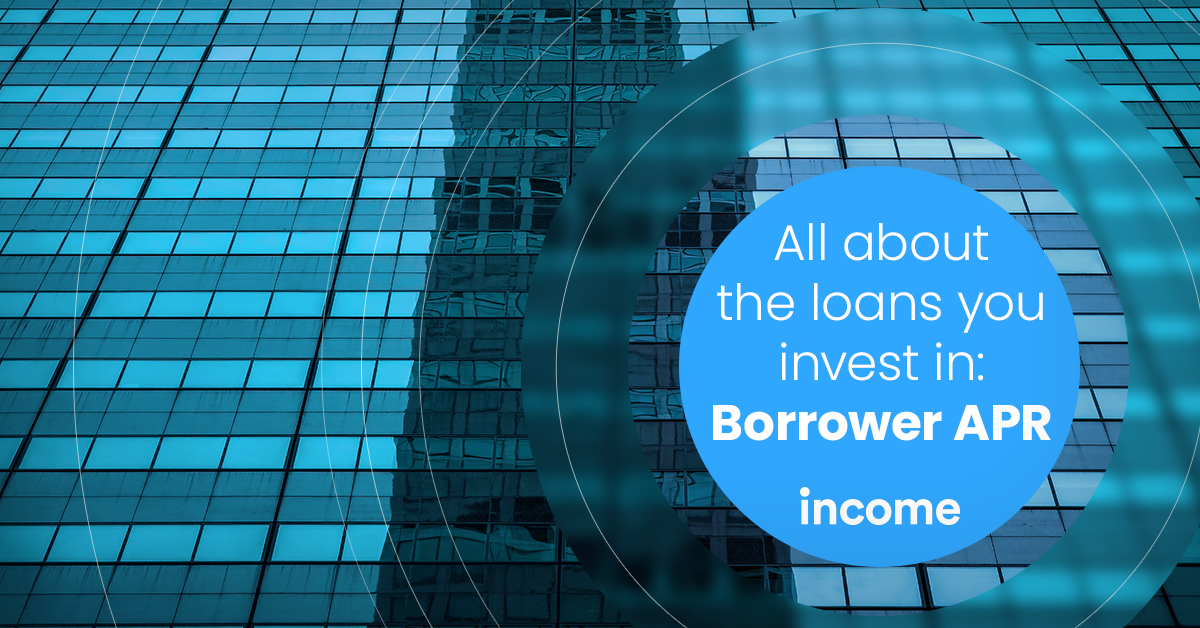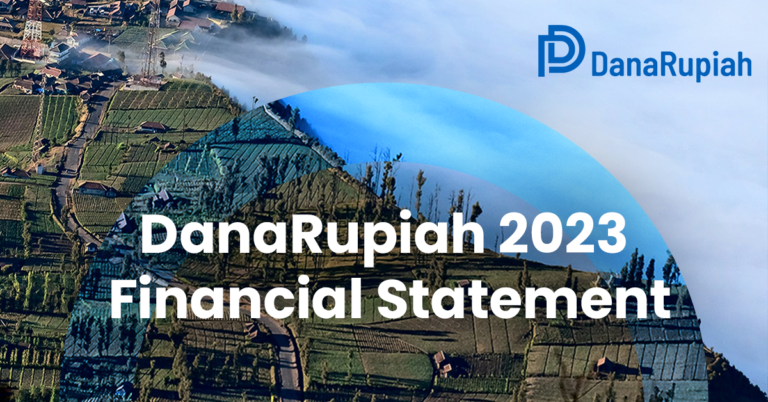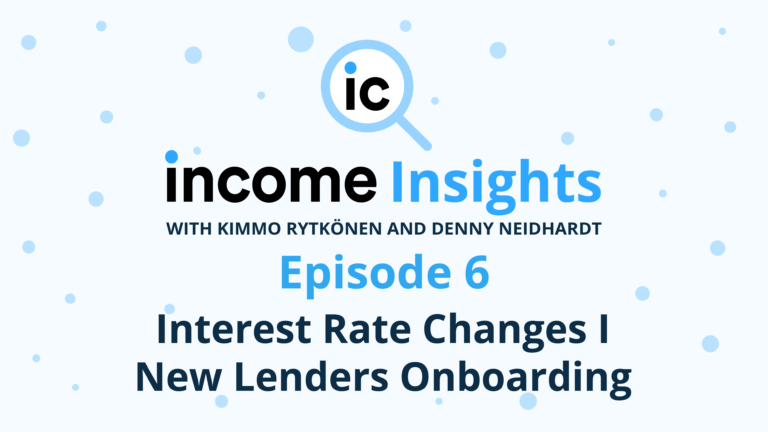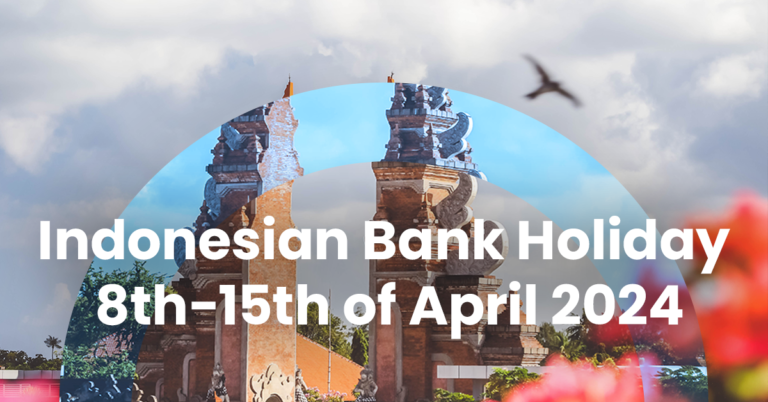Different types of loans come with varying interest rates for the borrowers. One commonly asked question from investors has been: why are we getting paid only 10% interest if the borrower interest rate is over 100%?
The answer lies in both: the way APR is calculated and the unit economics of loan companies.
Borrower APR on Income is expressed as a percentage representing the actual yearly cost of borrowing the funds over the loan term. The borrower’s APR includes interest and any fees or additional costs associated with the loan. The most common fees for personal loans are origination fees and application fees.
A loan origination fee is charged when the borrower first takes out a loan. Its purpose is to cover the lenders’ costs to underwrite and process the loan.
Application fees are also paid upfront, and lenders charge them to cover the costs of processing an application submitted for a loan, and they vary by lender, loan type, and amount borrowed.
The APR in short-term loans is highly inflated due to their short duration and proportionally high fees and should not be compared directly to, e.g., mortgages or credit cards. In order to highlight this difference, it is good to compare the EUR costs of the loans: a 100€ loan with 20€ fees paid back €120 in 30 days carries an APR of 300%. A mortgage of €150 000 with 4,5% interest over 25 years has an APR of 4,6%, yet the interest amount paid by the borrower in EUR is nearly €164 000 during the period. So an annual interest paid to investors and APR charged from borrowers cannot be directly compared.
In terms of unit economics, three main costs apply to the profitability of each loan and the bottom line of the loan company. These are:
Customer acquisition costs (marketing, scoring, etc.). It means how much it costs to acquire one customer, make the credit decision, and pay the loan.
Credit loss, meaning how many loans are not repaid. Naturally, the performing loans will need to cover this loss. So, for example, if a loan company issues 100 loans each 1000€ and, e.g., 10-15% of those loans are not paid back (10-15 loans), then the remaining 85-90 loans which the borrowers are repaying will need to cover for the lost loans.
Funding costs, the % the company pays to investors for their financing.
The pricing of the loans has to be higher than these costs and other operational costs; otherwise, the operation will not be profitable. Therefore even with high APR loans, the loan company may not be profitable if the costs of unit economics of the loans are too high.
In conclusion, this is why a loan company charging, e.g., APR 100% from borrowers but only paying investors 10% is somehow pocketing the difference is not correct. A benchmark healthy market term funding cost (to be paid to investors) for an established loan company should be in the range of 8-12% p.a, subject to the market it operates.
Even when you are unsure which type of loan you should invest in, your investments will be protected by Income’s unique security features. No matter the loan type, borrower APR or origination country, all loans on Income are secured with Buyback Obligation and Cashflow Buffer. Buyback obligation protects investors against borrower defaults, and the cashflow buffer uses non-bank lenders’ loan portfolios as security.
In part 3, we will cover different loan purposes and how investing on Income fuels financial inclusion.
Sign up today to start earning up to 12% per annum.





